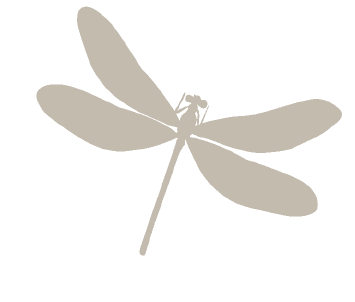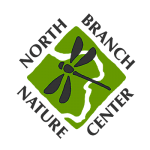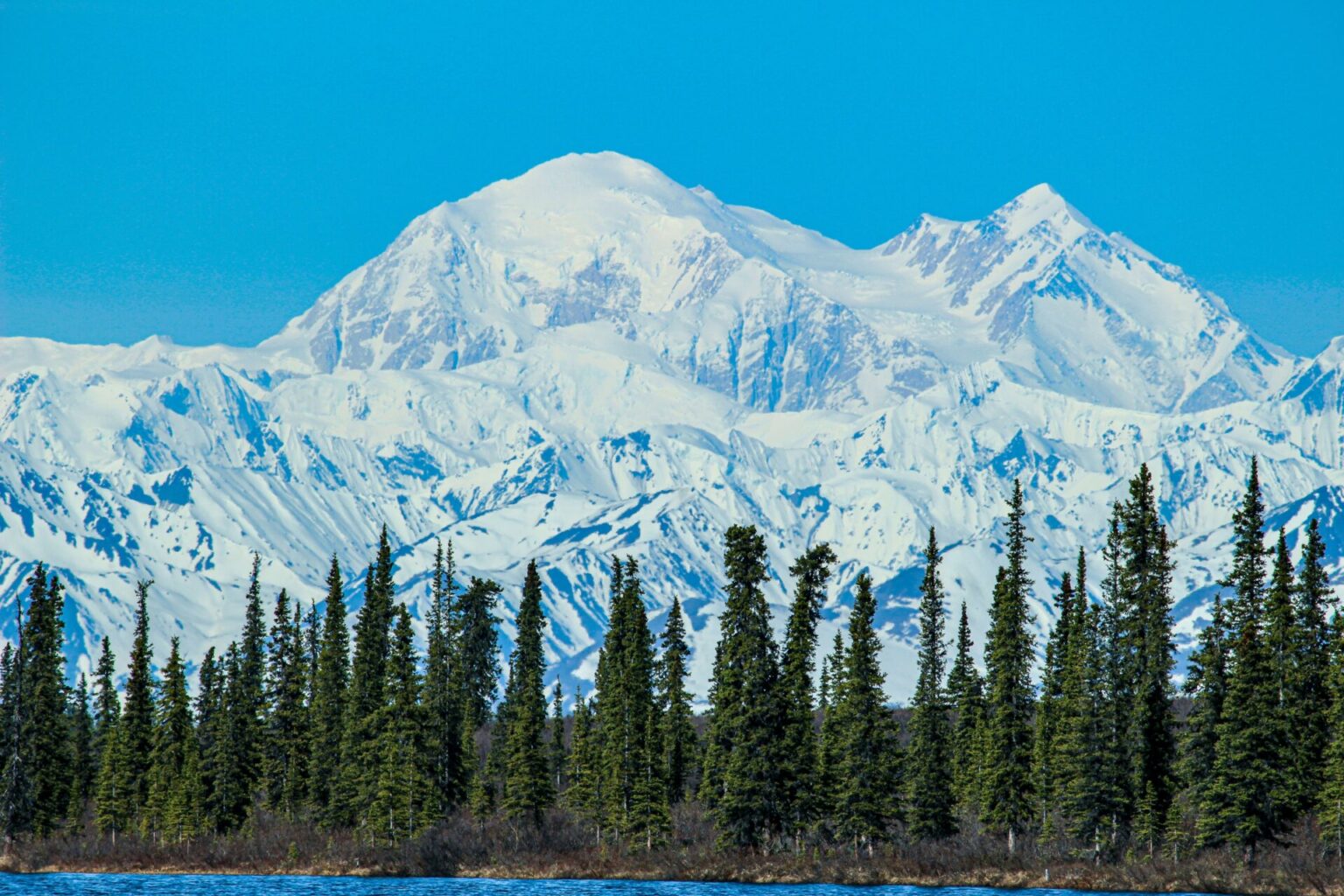Jewels of Alaska: Birds, Wildlife, and Scenery

June 4 - 12, 2025
Price: $5750 ($500 deposit upon registration)
Single Supplement: $750
Group Size: 6-8
Alaska is a wildlife lover’s dreamland with dramatic coastlines, breathtaking landscapes, charismatic megafauna, and an impressive diversity of birds - many of which are found nowhere else in the US. Our 9 day trip will cover Seward, the Kenai Peninsula, and the boreal forests and muskeg of Denali National Park and Preserve. The diversity of birds we may encounter boggles the mind - Willow Ptarmigan, Arctic Warbler, Northern Wheatear, Pacific Loon and alcids galore, including Kittlitz’s Murrelet, Parakeet Auklet and Tufted Puffin to name a few. The potential mammal encounters are no less auspicious: Grizzly Bear, Beluga Whale, Dall’s Porpoise, and Caribou are likely sightings. The scenery alone is well worth the trip with marvelous views of the Alaska Range, Chugach Mountains, and the mountains and glaciers of the Kenai Peninsula.
Additional Information
Flow of the Day: The itinerary is designed to maximize our experience with the region's great diversity of wildlife and ecosystems. We won’t, however, be rushing from place to place to chase the largest species list possible. Our goal is to spend time appreciating the species we encounter at an enjoyable pace. Our days typically begin very early in the early morning. This trip involves longer periods of van travel to access different regions of Alaska.
Afternoon plans sometimes allow for some rest time at the lodges, though this is not always feasible when we are transferring between lodges or exploring far from the lodge on a given day.
Clothing: We will provide a packing list as the trip approaches, but plan to pack for a range of weather conditions, including potential cold, snow, and rain. Pack light field clothing of neutral colors. Bring several pairs of long pants and comfortable, light, airy shirts. Long-sleeved (relaxed fit) shirts are useful for protection from the sun, as is a light hat or cap. Be sure to have a pair of comfortable walking shoes or hiking boots, plus a second pair of tennis shoes or sandals. A sweater, a hat, and gloves are important.
Equipment: Bring a pair of binoculars, a field guide and a camera with extra batteries. Your guide will carry spotting scopes. Pack sunglasses and sunscreen, a small flashlight or headlamp, a small alarm clock (a smartphone will work), insect repellent, and a small daypack.
Physical Expectations: Much of the birding and wildlife viewing on this trip will be along roadsides or easily walked trails, but do expect some hilly and uneven conditions. Participants should be able to hike on moderate terrain up to 3-4 miles per day, and be ready to expect conditions that may be hot, cold, dry, wet, or anything in-between.
Transportation: We will be travelling in a 15-passenger van. Trip capacity is limited for traveling comfortably in our vehicle.
Accommodations: All of the lodges where we’ll be staying are situated in or near wildlife watching destinations. They are chosen for strategic access to great birding and wildlife watching, rather than for the bells and whistles that come with more luxury resorts. That said, all lodges are clean and comfortable.
Meals: We'll have a hot meal each night for dinner at the lodge or in town. Breakfasts and lunches will be a combination of sit-down meals and picnics, depending on where we are. Like our accommodations, our dining arrangements are selected to have filling, tasty meals without spending our peak wildlife viewing times sitting inside restaurants.
Chip Darmstadt, Birding Ambassador and "emeritus" executive director of North Branch Nature Center, is an avid neotropical birder and naturalist. Chip has guided birding trips around the US (including Alaska) and around the world for 25 years, observing over 2,300 bird species along the way.
What’s included:
- All lodging and meals starting in Anchorage.
- All ground transportation throughout the trip.
- Full-day boat trip in Seward.
- Expert naturalist guide.
- Any entrance fees and park admissions.
- Use of high-quality shared spotting scopes.
- Pre-departure orientation session before the trip.
What is not included:
- Airfare to/from Anchorage.
- gratuities.
- pre-trip expenses.
- incidentals such as alcohol and souveniers.
NBNC is proud to announce that all of our trips from 2025 onward are 100% carbon-neutral. This includes each traveler's flights to and from this destination, as well as carbon emitted during the trip.
How it Works: The voluntary carbon market has come under intense scrutiny in recent years as the legitimacy and effectiveness of many carbon offsetting projects have been called into question. That's why we're proud to be working directly with the Northeast Wilderness Trust's Wild Carbon program. The carbon credits we purchase to offset our carbon emissions are used to permanently conserve forestland as wilderness. Why wilderness offsets?
- It's Permanent: Unlike most contracts in the voluntary carbon market that have a lifespan of just 10-20 years, wilderness conservation is forever.
- It's Additive: Acreage purchased and conserved through wild carbon offsets would not be protected anyway through another mechanism later.
- It's "Leakproof:" Forest protection often just shifts and concentrates timber harvest elsewhere. But wilderness conservation is different–wilderness protection here doesn't just move carbon emission over there. That's because old forests function very differently than young ones. Big trees and old soils capture and store vastly more carbon than a young forest of the same acreage. Growing an old forest is like building a natural carbon sequestration factory!
- It's More than Carbon: With wilderness protection comes additional co-benefits like biodiversity conservation, flood resilience, and habitat connectivity. This way, going carbon-neutral isn't just negating our carbon footprint, it's also actively helping conservation in other ways.
Want to learn more?:
- Read The Ecotourism Dilemma our article on how we think about carbon emissions in the context of nature travel.
- Check out this FAQ for NBNC travelers about Northeast Wilderness Trust's Wild Carbon Program.
- To learn more about forest carbon storage, please watch Understanding Forest Carbon by climate forester Dr. Ali Kosiba.
Ready to go to Alaska?
Email [email protected] to get signed up.
Payment Schedule
- A $500 deposit is required to reserve your space on the trip.
- 50% of the trip balance will be due 6 months before the departure date.
- The remaining trip balance will be due 3 months before the departure date.
All payments can be made via ACH withdrawal, or by check. Credit card payments will incur a 3% surcharge.
Cancellation Policies
We understand that incidents and emergencies arise that may force you to cancel your trip. However, NBNC invests considerable time and, in many cases, non-refundable payments to lodges and local contractors to secure our rooms and programming. NBNC aims to be as flexible as possible in our refund policy, but a full refund of your payments may not be possible after the dates indicated. All cancellations must be made via email to NBNC.
-
Cancellation more than 180 days before the trip: Full refund of all payments.
-
Cancellation 90-180 days before the trip: Refund of any payments minus the $500 deposit. If your space is filled by another traveler, we will also refund your deposit.
-
Cancellation 30-90 days before the trip: No refund guaranteed. If your space is filled by another traveler, we will provide a full refund minus the $500 deposit.
-
Cancellation less than 30 days before the trip: No refunds guaranteed.
We highly recommend purchasing private travel insurance to cover expenses that are outside of NBNC's cancellation and refund policies.
Day by Day Itinerary
Day 1 (June 4) - Arrive Anchorage
We arrive in Anchorage in the afternoon and transfer to the Holiday Inn Express. A couple of local parks (Northwood Park and Westchester Lagoon) are just a short distance away and may provide our first looks at Trumpeter Swan, Barrow’s Goldeneye, Violet-green Swallow, Boreal Chickadee and Red-necked Phalarope. The trip starts with dinner, but we’ll do a little local birding if we have the energy!
Day 2 (June 5) - Explore Anchorage area in the morning and head to Denali
After breakfast we’ll take some time to explore Anchorage, birding Westchester Lagoon and the Knik Arm waterfront where we’ll likely see nesting Trumpeter Swan, Sandhill Crane and Red-necked Grebe, as well as Arctic Tern, Steller’s Jay and Orange-crowned Warbler. If the tides are favorable, we may find Hudsonian or Bar-tailed Godwit on the mudflats. In the late morning we head north to Denali, where we’ll spend the next 3 nights.
On route to Denali National Park and Preserve, we’ll explore a portion of the Denali Highway, a dirt road that passes through wonderful habitat for Trumpeter Swan, Gray-cheeked Thrush, Pacific Loon, nesting Semipalmated Plover and breeding waterfowl. If we’re lucky we may find Three-toed Woodpecker or Northern Hawk Owl. We’ll also want to have some time to explore the grounds of our inn and wander down to the shore of Lake Otto. The lake often attracts Bufflehead, scaup, nesting Lesser Yellowlegs, as well as Moose! Overnight Denali Lakeview Inn
Day 3 (June 6) - Exploring Denali National Park
We’ll have two full days to explore Denali NP, perhaps the most beautiful and wildest of our national parks. A landslide has blocked the road that cuts deep into the park, but between the extensive trail network near the visitor center and the road and surrounding area out to East Fork, there is still plenty to enjoy. Birds here are plentiful and accustomed to people. Willow Ptarmigan are often seen right along the roads, while Rock Ptarmigan frequents the more rocky tundra away from the willow thickets. Arctic Warbler nests in the NP and will be in full song. The Arctic Warbler is the sole nesting species of the Old World warblers in the United States. Golden Eagle, and the much scarcer Gyrfalcon, nest on craggy mountainside, while Wandering Tattlers and American Dippers frequent rushing streams throughout the park. You’ll also enjoy some amazing landscapes and abundant mammals, including Caribou, Moose, Dall’s Sheep and Grizzly (Brown) Bear, often seen from the bus that transports visitors into the park. Of course, we’ll keep our fingers crossed for sunny, clear weather and an opportunity to see the majestic peak of Denali, the highest peak in North America at 20,310 feet. Overnight Denali Lakeview Inn
Day 4 (June 7) - Exploring the Denali region
Today we’ll explore more of Denali NPP and the local area, perhaps concentrating on finding birds we’ve missed. Has Arctic Warbler eluded us so far? Or perhaps a nesting Pacific Loon will provide an amazing photo opportunity. Walking one of the braided streambeds in the park may yield nesting Wandering Tattler or a more rigorous hike on the Savage Alpine trail could turn up nesting Long-tailed Jaeger or Surfbird. We’ll also make sure we get some quality time with birds of the boreal forest - Boreal Chickadee, Spruce Grouse, Canada Jay, Bohemian Waxwing, Blackpoll Warbler and Swainson’s Thrush. Overnight Denali Lakeview Inn
Day 5 (June 8) - Denali to Wasilla
We’ll explore some birding areas on our way to Wasilla, or if time allows, we’ll spend the afternoon birding Independence Mine and Hatcher Pass. The rocky slopes of the pass are a good location for White-tailed Ptarmigan, Golden Eagle, displaying American Pipit and Wandering Tattler. Independence Mine showcases the historic gold mining of the region. It’s also a good place to look for Golden-crowned, Fox, White-crowned and Savannah Sparrow, frequenting the thickets on the mine property. At times Northern Wheatear or Gray-crowned Rosy-Finch may be seen on the rock-studded slopes. As we descend in elevation we’ll check the stream crossing for American Dipper and Harlequin Duck. Overnight Wasilla, Grand View Hotel
Day 6 (June 9) - Birding our way to Seward
Today we head south toward Seward, where we’ll spend our final three nights. There are plenty of places to stop on route. Potter Marsh, just south of Anchorage, has a wonderful boardwalk where we can look for Sandhill Crane, Swainson’s Thrush, and Wilson’s Warbler. As we head further south towards Seward, we’ll keep watch for Beluga Whale in Turnagain Arm. If the tides are right, the Belugas can be seen right from the roadside. After checking into our hotel and dinner in Seward, we’ll take a stroll along the waterfront, keeping an eye out for Marbled Murrelet, Pigeon Guillemot, Rhinoceros Auklet, Wandering Tattler and Pelagic Cormorant. Sea Otters are often seen close to shore in Seward. Overnight Breeze Inn, Seward
Day 7 (June 10) - Exploring Seward
We’ll have a more leisurely day today to bird the local area and visit the Alaska Sea Life Center. We’ll start our morning birding the road to Exit Glacier. Part of the Kenai Fjord National Park, a fairly easy trail in the park leads to an overlook near the foot of the glacier. Many western bird species are near the northern edge of their range in Seward - Townsend’s Warbler, Pacific Wren, Varied Thrush, Chestnut-backed Chickadee and Rufous Hummingbird.
The Alaska Sea Life Center is a premier aquarium dedicated to marine research and education, and is the only permanent marine mammal rescue and rehabilitation facility in the state. We’ll have some close encounters with puffins, octopus, harbor seals, sea lions, and other Alaska marine life. Overnight Breeze Inn, Seward
Day 8 (June 11) - Resurrection Bay Boat Trip
Today we’ll get out on the water with an all day boat excursion in Resurrection Bay and the Kenai Fjords. Seabirds are back and starting to nest - everywhere! Pelagic and Red-faced Cormorant, Parakeet Auklet, Horned and Tufted Puffin and 3 species of murrelet - Marbled, Ancient and Kittlitz’s - will all keep us engaged and entertained. It’s possible to observe 10 species of alcids on this excursion! And birds are just part of the attraction - the natural beauty of the area is astounding with surreal glaciers, lofty mountain peaks and picturesque rocky islets. Marine mammals are plentiful too, including Steller Sea Lion, Orca, Fin Whale, Dall’s Porpoise, and more Sea Otters. Overnight Breeze Inn, Seward
Day 9 (June 12) - Return to Anchorage and flights home
We’ll have a long drive back to Anchorage today for our afternoon flight home (arrival back to Vermont will likely be the following morning).
Optional Post-trip Extension: Birds of Nome: Nome is one of the most accessible areas in the US to observe nesting shorebirds on the tundra, including Pacific Golden-Plover, Whimbrel, Bar-tailed Godwit, Red Knot, Black Turnstone, Wandering Tattler, Surfbird and Red-necked Phalarope, as well as that champion of long-distance migration, the Bristle-thighed Curlew. Landbird diversity is lower but very exciting with some species that nest only in this small region of the United States, including Northern Wheatear, Bluethroat and Eastern Yellow Wagtail. There’s also a good chance we’ll find Gyrfalcon, our largest and rarest falcon species. Contact guide Chip Darmstadt directly at [email protected] for information about this post-trip extension.

713 Elm Street
Montpelier, Vermont 05602
(802) 229-6206
Hours: Center Open Monday-Friday 9-4
Trails Open 24/7



